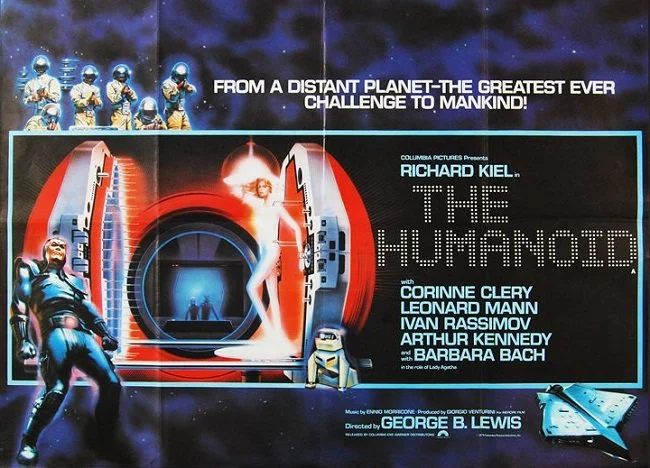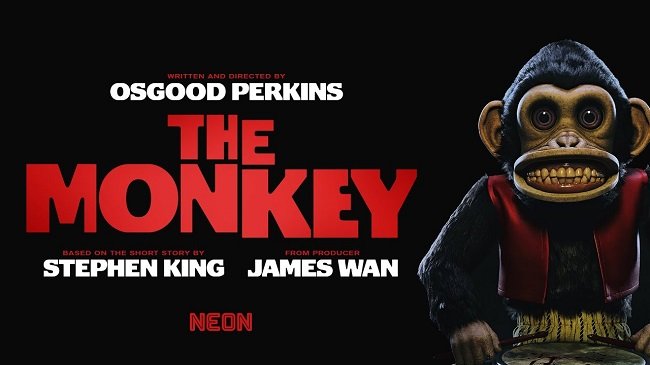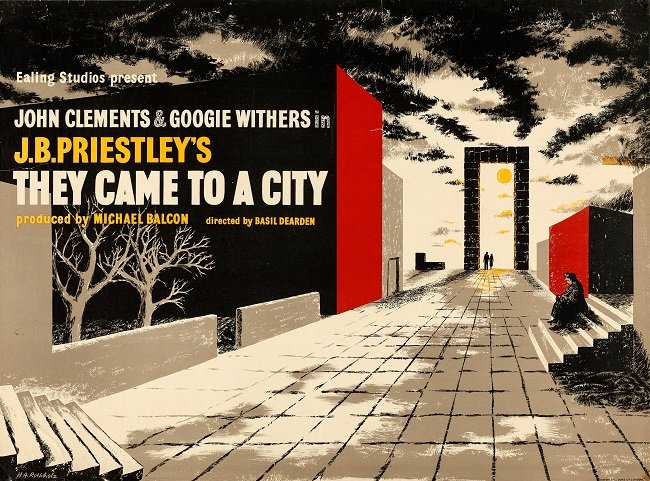Highlander 2: The Quickening (1991)
I remember the abject disappointment I felt after seeing the 1991 release of Highlander 2: The Quickening. It was narratively disjointed and totally contradicted the premise of the original film. This was all courtesy of the completion bond company pulling the plug on the original production, due to spiralling costs and economic problems in Argentina where the movie was filmed. They then edited the film without the involvement of director Russell Mulcahy, allowing them to make a prompt release in an attempt to recoup their investment. The only flaw in this plan was that this version was universally reviled. Fans were outraged at the transgression of lore. Critics were confused. The only winner appeared to be Sean Connery who was allegedly paid $3.5 million for nine days of filming.
Subsequently, after some complex legal chicanery, Mulcahy secured control of the film rights and brought out the Highlander II: Renegade Version in 1995. This removed the contradictory plot themes, re-instated previously removed footage and revamped effects shots. This resulted in a more coherent and enjoyable film that jettisoned the extraterrestrial elements of Brian Clemens screenplay and returned to the original concepts of the previous instalment. Despite these major changes the producers, Bill Panzer and Peter Davis still felt there were improvements to be made and brought out a further revised edit of the film in 2004, simply titled, Highlander 2: Special Edition. This included some minor scene alterations and focused more on improving the key visual effects sequences. Rather than catalogue the specific details of the differences between Highlander 2: The Quickening, Highlander II: Renegade Version and Highlander 2: Special Edition I've included a link to the IMDB. This more than adequately analyses all the various versions and their respective idiosyncrasies.
Highlander 2: The Quickening not only has an interesting development history, but a distinguished production pedigree. It’s very British affair, with many members of the crew being Bond veterans. There’s Second Unit Direction by Arthur Wooster, along with visual effects by John Richardson and Chris Corbould. The production design is very striking and there is excellent use of locations in Argentina. The studio work is also very impressive. The petrol tanker jack knife/explosion and freight train fight are all meticulously created. Most importantly, the chemistry between Lambert and Connery is still present in the film. The troubled production history is also a story in itself. If you get the chance to watch the documentary Highlander II: Seduced by Argentina, which is included on various DVD and Blu-ray releases, you get a good insight into the way independent films are financed. What exactly a completion bond is and what happens when the money men take steps to protect their investment, all becomes very apparent.
A lot of Highlander fans ignore this instalment in the franchise as they do not consider it to be canon. Personally, I think the next entry in the franchise is far worse and has a comparable amount of lore contradictions. Yet despite the troubled production, Highlander 2: The Quickening was one of the biggest earners of the series, pulling in three times as much as the original in the US. Its international sales were even higher. Furthermore, these box office returns are based on the initial theatrical print with all its plot flaws and contradictory elements. It is often a curious fact that a film may well be panned by the critics yet still manage to make a respectable financial return, often based on international market and not US box office earnings. Ultimately, Highlander 2: The Quickening regardless of its troubled production still proved lucrative to spawn further entries in the series.
Out of all the various incarnations, I would recommend the 2004 Highlander 2: Special Edition version of the film, as it’s the most polished version available. Hardcore fans may prefer the 1995 Highlander II: Renegade Version as it has a few additional scenes for the completists. I like this film series although I never felt the same way about the TV series and its subsequent move spinoffs. If like me you have a wider interest into the murky world of film production and the politics of movie making, then I would also urge you to watch this film along with the associated documentaries and extras that accompany it, as they are most insightful. Also, any film with a Stewart Copeland soundtrack cannot be bereft of merit. If all other arguments fail, then watch one version of this movie just to see Michael Ironside chewing the scenery. It is a thing of beauty.




























